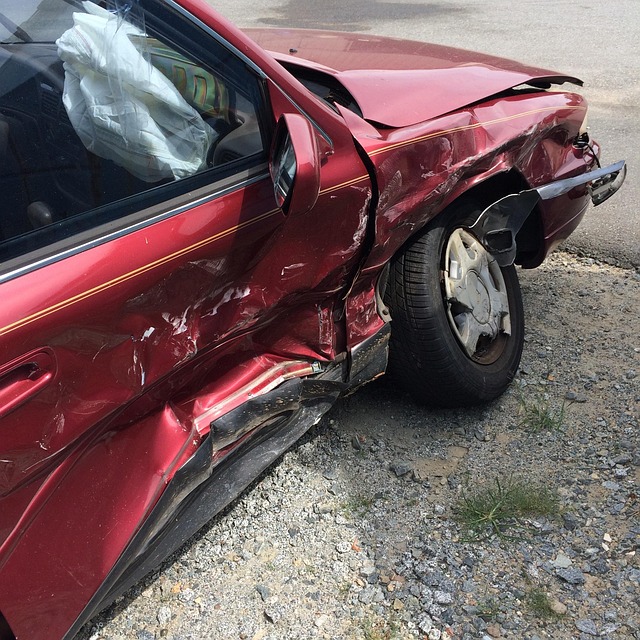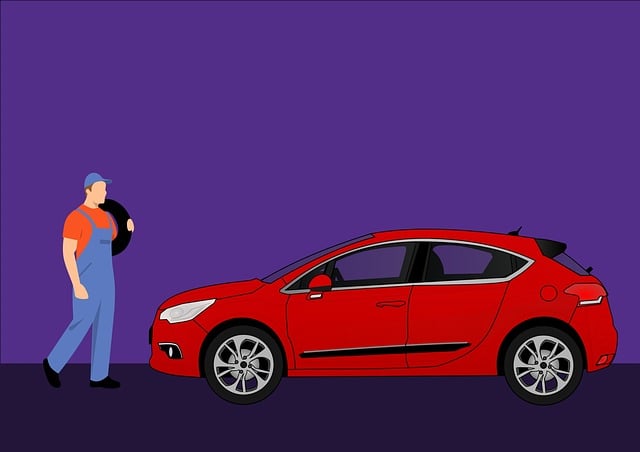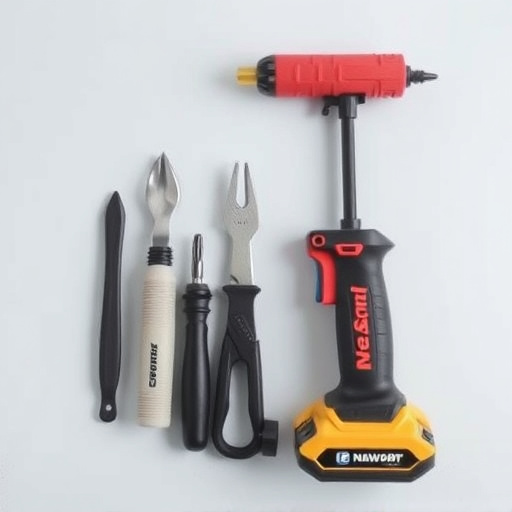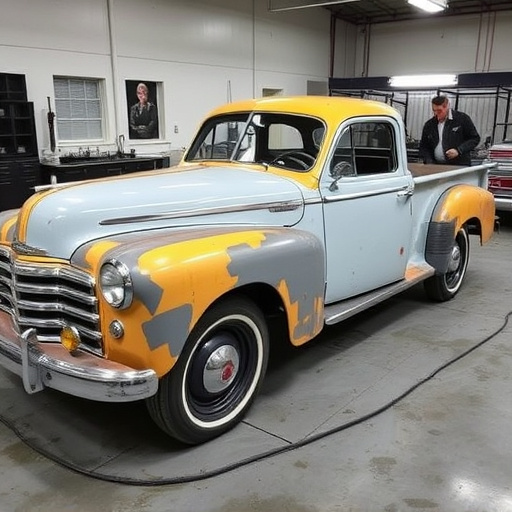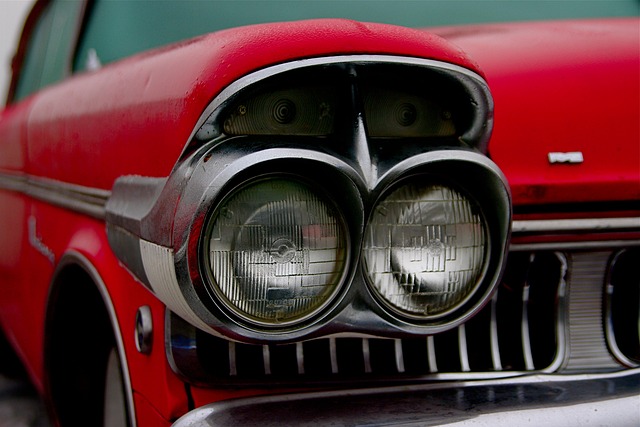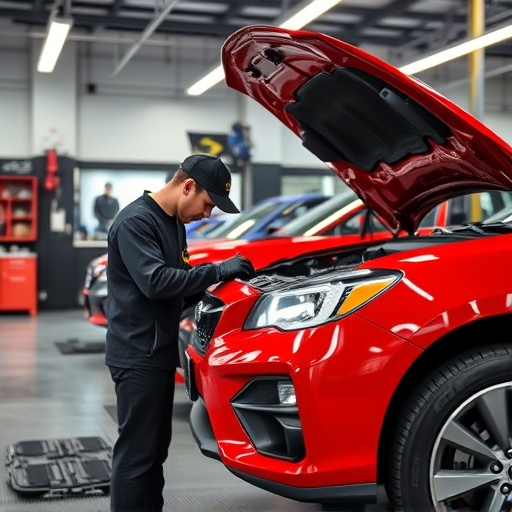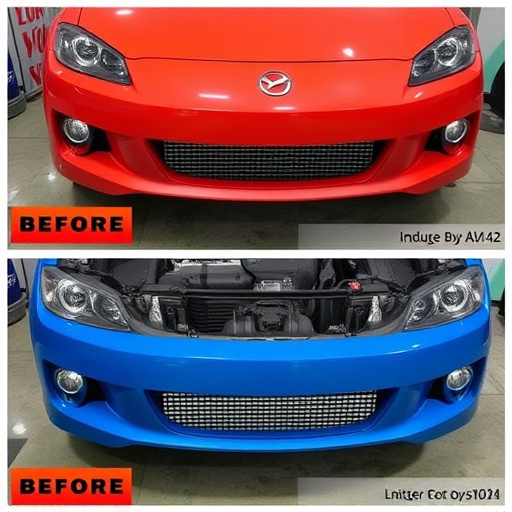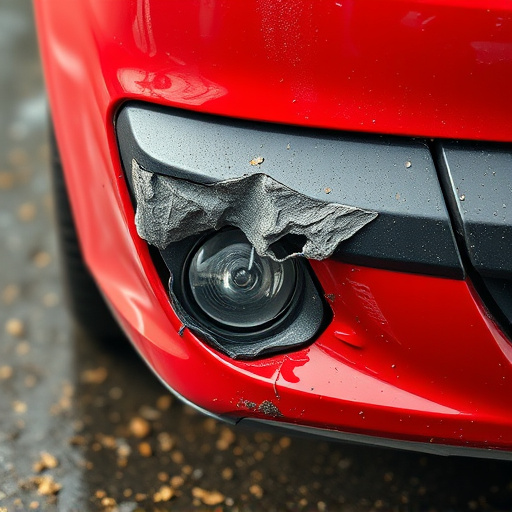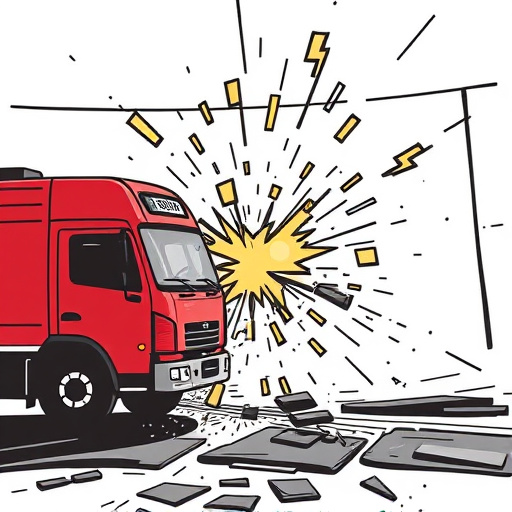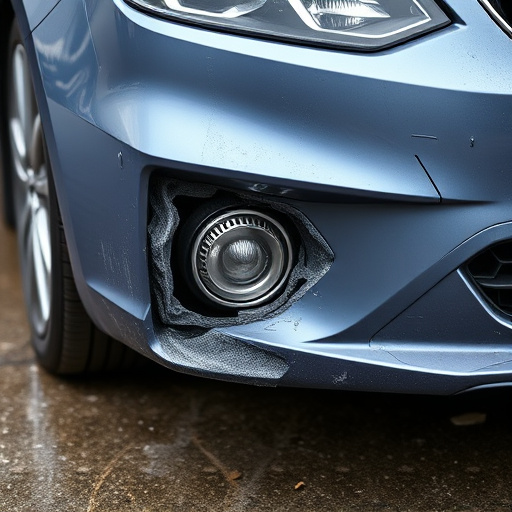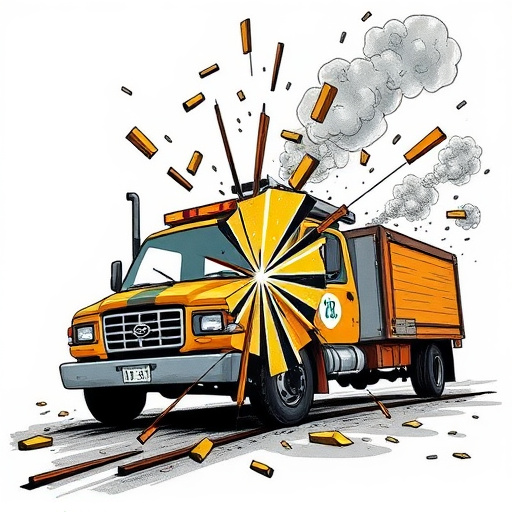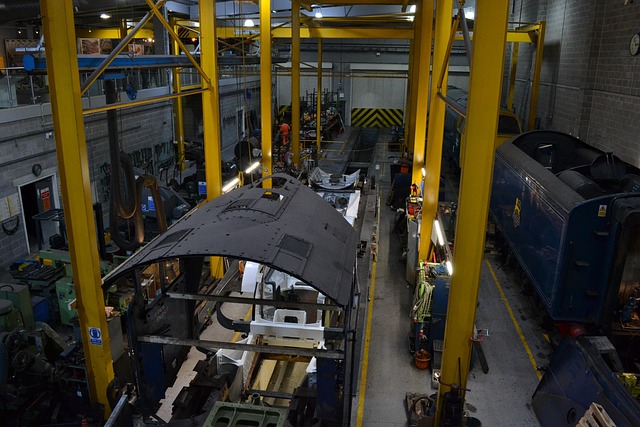For effective roof panel replacement, professionals must adhere to regional building codes, manufacturer specifications, and advanced techniques like Paintless Dent Repair (PDR). Meticulous visual inspections using tools such as magnifying glasses and digital cameras are crucial to identify defects, ensure proper alignment and sealing, and maintain structural integrity. These practices guarantee high-quality control, minimizing errors, and delivering superior results for every roof panel replacement task.
Roof panel replacement is a critical aspect of home maintenance, ensuring durability and protection against the elements. This article guides you through essential quality control and inspection tips for roof panel replacements. We explore industry standards, powerful visual inspection techniques, and must-have tools to ensure every panel meets top-tier quality. By implementing these practices, homeowners and professionals can extend the lifespan of their roofs, avoiding costly repairs down the line. Discover how to navigate this process effectively with expert insights tailored for roof panel replacement projects.
- Understanding Roof Panel Replacement Standards
- Visual Inspection Techniques for Quality Assurance
- Essential Tools and Practices for Effective Roof Panel Inspections
Understanding Roof Panel Replacement Standards

When undertaking roof panel replacement, adhering to established standards is paramount for ensuring structural integrity and long-lasting results. These standards vary based on regional building codes and specific vehicle manufacturers, but they generally cover materials, dimensions, installation techniques, and safety measures. For example, when replacing car collision repair panels like those found in Mercedes Benz models, precision and adherence to factory specifications are crucial to maintain the vehicle’s original aesthetics.
In the realm of roof panel replacement, paintless dent repair (PDR) techniques have gained popularity due to their ability to restore panels to their original condition without the need for repainting. This not only saves time and money but also ensures a seamless finish that blends seamlessly with the existing car body. Whether you’re managing a bustling repair shop or handling personalized vehicle care, staying informed about these standards will facilitate quality control, minimize errors, and ultimately deliver superior results in every roof panel replacement project.
Visual Inspection Techniques for Quality Assurance
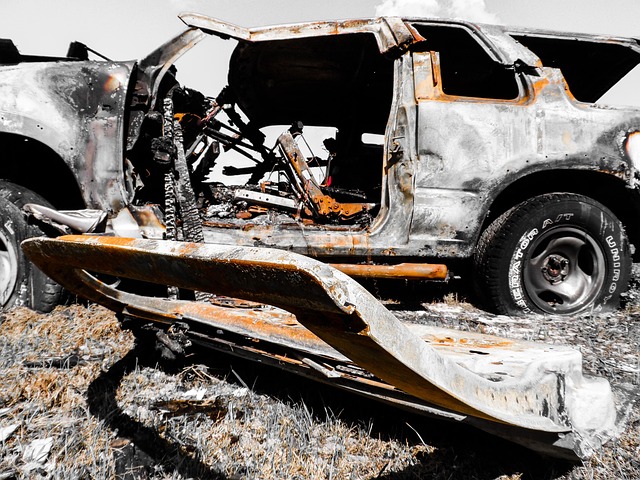
During a visual inspection for roof panel replacement quality control, professionals should employ meticulous techniques to ensure superior craftsmanship and longevity. The initial step involves examining the panels for any visible defects like cracks, dents, or warping. Using the naked eye and magnifying tools, inspectors can identify issues that may be imperceptible at first glance.
Focusing on the edges, seams, and overall alignment is crucial as these areas are particularly vulnerable to damage during installation. Moreover, checking for proper fastening techniques, including the integrity of screws and seals, ensures water-tightness and structural soundness, which is paramount in preventing car damage repair or vehicle collision repair issues down the line.
Essential Tools and Practices for Effective Roof Panel Inspections

Carrying out thorough roof panel inspections is paramount for ensuring the quality and longevity of any roof panel replacement job. To be effective, inspectors should equip themselves with essential tools like a magnifying glass, flashlight, and measuring tape. These tools enable a close examination of each panel for signs of damage, such as dents, cracks, or uneven surfaces. Additionally, digital cameras are invaluable for documenting any issues found, providing clear evidence for reference during the repair process.
Proper practices further enhance inspection accuracy. This includes examining panels in both direct sunlight and shaded areas to observe variations in appearance, checking for proper alignment and sealing, and verifying that all fastenings are secure. By adhering to these meticulous techniques, inspectors can confidently ensure that roof panel replacement meets the highest standards, ultimately contributing to a durable and aesthetically pleasing finish, akin to meticulously repairing car scratches or even complex vehicle repair tasks.
When conducting roof panel replacement quality control, a meticulous approach is key. By combining thorough understanding of industry standards with practical inspection techniques and the right tools, professionals can ensure exceptional workmanship. Regular visual assessments and adherence to best practices guarantee that each roof panel meets or exceeds expectations, providing long-lasting protection for any structure. These essential tips empower contractors to deliver high-quality results, fostering customer satisfaction in every roof panel replacement project.
